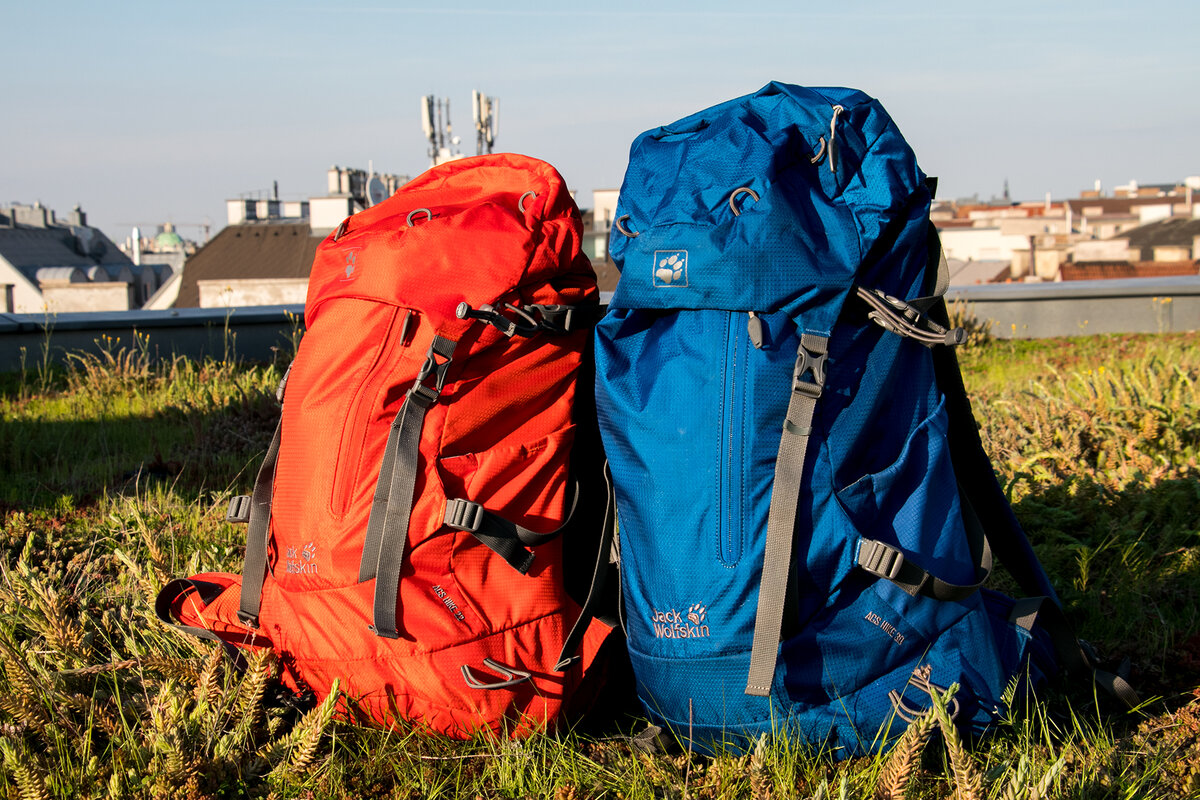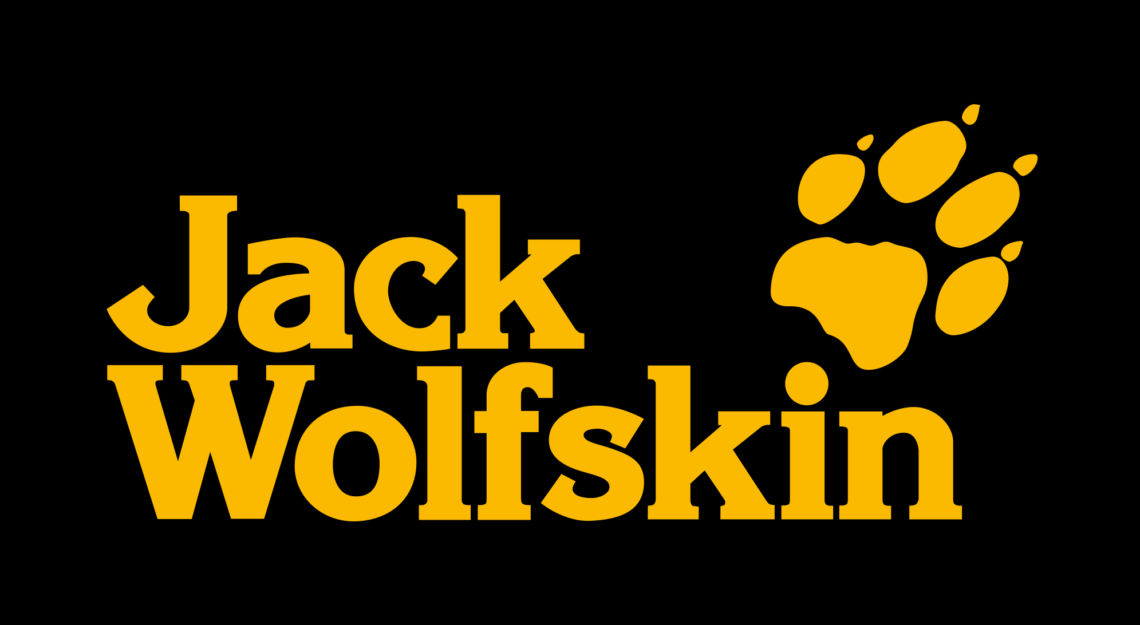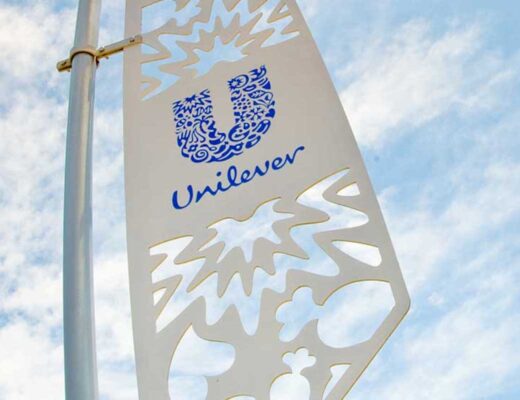History of the Jack Wolfskin brand
Jack Wolfskin is a well-known German brand of clothing, hiking equipment, backpacks and footwear. The brand’s name originated during a hiking trip across Canada by the company’s founder, Manfred Hell. Struck by the atmosphere of the journey, his inspiration came from Jack London’s “Call of the Ancients”.
The brand was established in 1981 as a division of Sine. The company positions itself as a manufacturer of functional clothing. Its products are ideal for outdoor activities and sports.
These products quickly found their audience, and within a few years, Jack Wolfskin was an independent company. The American company Johnson Outdoors bought the brand in 1991. The deal benefited both parties. The German brand gained resources to expand production. In return, Johnson Outdoors gained access to the European market.
In 2002, the manufacturer changed hands again. This time, it was the investment company Bain Capital. The transaction was worth €42 million. Three years later, the brand was worth €93 million when a group of investment funds bought it. Today, Jack Wolfskin is owned by the Blackstone Corporation.
The product range has grown considerably over the years. It includes:
– clothing (including outerwear, T-shirts, trousers)
– footwear (winter, tourist, walking and running)
– equipment (tents, travel accessories);
– bags, suitcases, backpacks.
The key idea behind the products is to ensure comfort in nature. And not just for professional tourism or sport. These clothes are perfect for picnics, walks and active play.
Production technologies
The company pays particular attention to the environmental friendliness of the materials used to manufacture its products. The brand has patented unique technologies for the production of equipment and accessories. This makes Jack Wolfskin products durable and comfortable to use.
Brand technologies:
1. Texapore. Water and windproof fabric for jackets and trousers. Products made from this material are ideal for comfort in extreme weather conditions.
2. Nanuk. A unique technology for insulation products. Based on synthetic fibres, it gives garments excellent thermal insulation. At the same time, the material does not weigh the garment down, making it comfortable to wear at low temperatures. Nanuk is part of the winter garment range.
3. Flex Shield. This technology increases the elasticity and durability of the fabric. The company makes backpacks and hiking clothes from Flex Shield. Thanks to this technology, the products do not restrict movement when running or playing sports.
4. Air Control. A technology that allows clothing to breathe, allowing the body to exchange oxygen freely. This makes people feel comfortable when they are active. In addition to clothing, the company uses Air Control to manufacture backpacks.
5. Recycled materials. Recycled materials technology aimed at reducing environmental impact.










